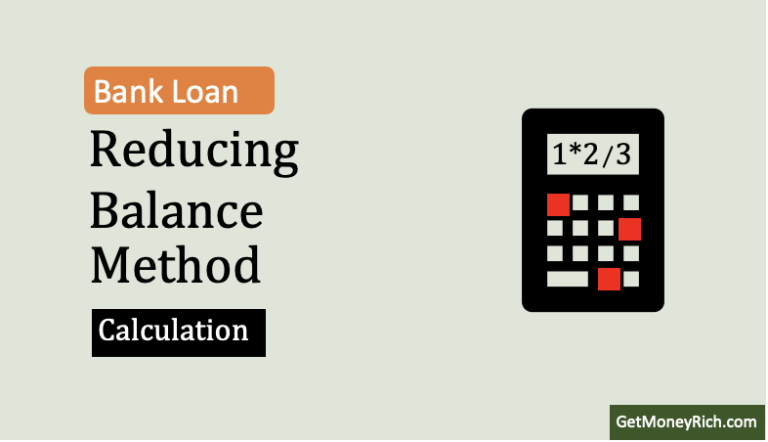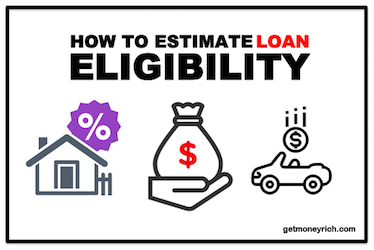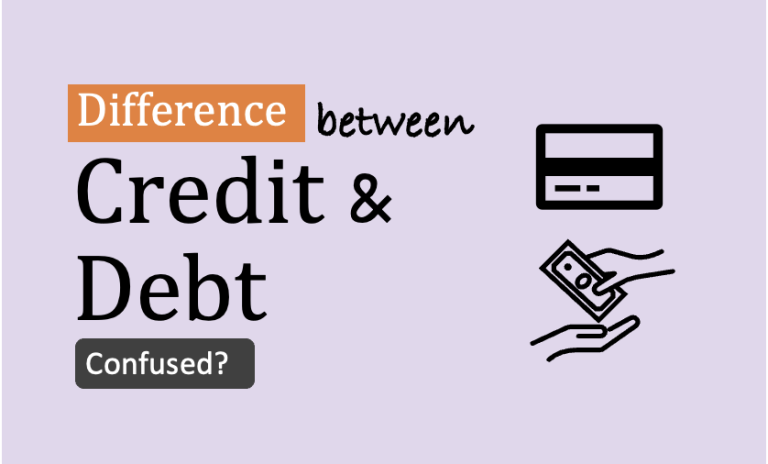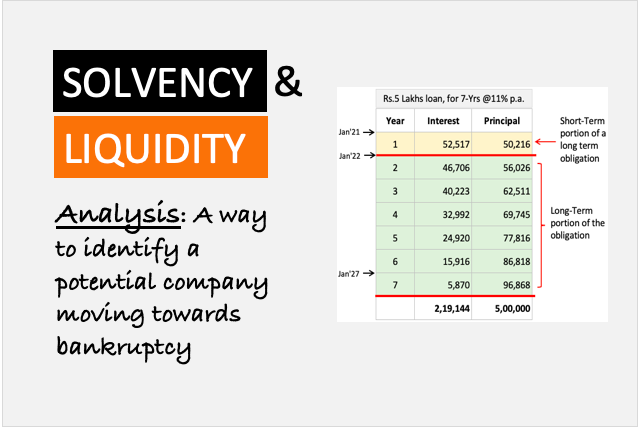Modern property developers, in partnership with banks, provide a unique home loan feature where EMIs commence post-property possession. This deferred payment structure grants buyers financial flexibility. This arrangement aligns with buyers’ convenience and reduces the initial financial burden of EMI payment in addition to rent payment. But is this deferred home loan EMI offer is too good to be true, or is there a hidden catch that we cannot see?
One of my friends bought a nice 3 BHK residential property. His builder offered the option of easy EMIs where the loan EMIs will start only post-possession of the property. My friend liked this alternative and went with it.
Today, the property is close to being ready. By the middle of 2024, the property will be handed over for possession. Approximately, today it is three (3) years since the loan disbursal, my friend has not paid a single EMI from his pocket. It will be another 9-10 months when the EMI will actually start.
Is it not fantastic? But my friend always had this itch in mind that how the bank is offering such a facility. The bank is surely losing on EMIs (interest) in the initial years (till possession). So, how they are making up for this loss?
When my friend approached me with this query, the first thing I did was code a simple calculator. While coding this calculator, the answers became more visible.
In this article, I’ll share the calculator with you. Moreover, I’ll also share my views about deferred EMI options. I hope you will get some additional perspective on home loan EMIs from this article.
Home Loan Calculator (EMI Start After Possession)
Loan Calculator
Loan Full EMI (in Rs.):
Loan Pre-EMI (in Rs.):
Loan EMI (After Possession) (in Rs.):
Loan Principal (in Rs.):
Loan Principal (When EMI starts after possession) (in Rs.):
Total Loan Payout (Full EMI) (in Rs.):
Total Loan Payout (Pre-EMI) (in Rs.):
Total Loan Payout (After Possession) (in Rs.):
- P. Note: The calculator assumes that 100% of the home loan amount gets disbursed on the date of the first disbursement itself. I’ve assumed this to keep the calculation simple and understandable. I know this is a limitation, but still, the calculator will bring forth the point that this article is trying to emphasize.
How to use this calculator? As with other EMI calculators, just enter the loan amount, interest rate, and loan tenure. Then it will ask for one more detail which is the possession period in years. It is the period between the loan disbursal start and the date of possession. For reputed builders in India, on average, this period is approximately 3 years. But it can be higher for other builders.
An Example
Let’s take an example. Suppose a person took a Rs.2.5 crore home loan at 9% interest and for 20 years (240 months). Now assuming that it will take approximately 4 years to get possession of the house.
There are three ways to start an EMI.
- Pre-EMI: Start paying the Pre-EMI (only interest) from the date of disbursement. The Pre-EMI will continue till possession. After getting possession, the borrower will have to start paying the Full-EMI.
- Full-EMI (From Beginning): In this case, start paying the Full-EMI, principal plus interest, from the date of start of the loan disbursement itself.
- Full-EMI (After Possession): The third alternative is, Full-EMI payment will start only after the possession of the house is received.
Use the above calculator to know the difference between the EMIs and total loan repayment made for each of the above three cases.
| Description | Pre-EMI | Full-EMI (Date of Disbursal) | Full-EMI (Possession) |
| Loan Amount | Rs. 2.5 Cr | Rs. 2.5 Cr | Rs. 2.5 Cr |
| Interest | 9% | 9% | 9% |
| Loan Tenure | 20 Yrs | 20 Yrs | 20 Yrs |
| Possession Period | 4 Yrs | 4 Yrs | 4 Yrs |
| EMIs | Rs.1,87,500 (Till Possession), Rs.2,24,932 (After Possession) | Rs.2,24,932 | Rs.3,05,907 |
| Total Repayment Amount | Rs.6.3 Crore | Rs.5.4 Crore | Rs.7.35 Crore |
For a 2.5 Crore loan, let’s explore the following three alternatives:
- #1. Full EMI payments from the date of disbursement – The total loan repayment (interest plus principal) is Rs.5.4 crores.
- #2. Pre-EMI option – The total loan repayment (interest plus principal) is Rs.6.3 crores (16% higher than option #1).
- #2. Pre-EMI after possession – The total loan repayment (interest plus principal) is Rs.7.35 crores (36% higher than option #1).
The Three EMI Options: They Are Suitable For Whom?
Here is a more detailed explanation of the suitability of each of the three EMI options for different borrower categories.
1. Pre-EMIs (Only Interest payment starts from the date of the start of loan disbursement):
Real Estate Investors: Investors who buy properties for rental income or short-term appreciation often prefer Pre-EMIs. This option allows them to reduce initial cash outflows, enabling them to allocate funds to other investments or properties. This way they only pay the loan interest. By the time it becomes necessary to start paying the principal, they sell and book profits. The sales proceeds are used to pre-pay the home loan in full.
People who are living in a rented home and have taken a home loan can also opt for this option. Paying the rent and the full loan EMIs may be hard on the pocket. Hence, Pre-EMIs are one way to manage expenses.
But I personally think that one must choose a property that complements their cash flow at that moment in time. Buying an affordable property that will help us pay both the EMIs and rents is a wiser choice to make. But I know, when it comes to owning a house, people mostly overspend way beyond their means. Try using this home affordability calculator to know more about your affordability.
2. Full-EMIs (Full EMI payment starts from the date of the start of loan disbursement):
For Whom Saving is a Priority: People whose priority is to save much as possible on home loan interest will pay the EMIs in full from day one. This way they are not only paying the interest portion of the loan but are also reducing the loan outstanding balance. This way over time, they save considerably on interest payments.
Such people also try to pre-pay their home loans thereby saving more on interest payments. For me, this is the ideal option to choose. But yes, if people are buying homes that are beyond their affordability, they will have no alternative but to go for option #1 (Pre-EMIs) or even worse option #3 (Full-EMIs after possession).
3. Full-EMIs (Full EMI payment starts only after possession):
First-Time Homebuyers can choose this option. I’m talking about people who are in their mid-twenties, just out of college, and in their first job. If they are opting to buy an affordable house for self-possession, they can choose this EMI option.
If others are choosing it, or are forced to choose it, it is a clear sign that they are overspending on their home purchase. Either they can look elsewhere, or they would have to plan aggressively for home loan pre-payments (reduce EMI or reduce the tenure).
Income Tax Implication
When considering the three EMI options (1) Pre-EMIs, (2) Full-EMIs (from disbursal), (3) and Full-EMIs (possession). it’s essential to understand their potential tax implications.
The choice of EMI structure can impact a person’s personal finances and tax obligations in distinct ways.
- Pre-EMIs (Only Interest payment starts from disbursal): This option reduces immediate financial burden. But the borrower may not avail of tax benefits until possession. Under Section 24 of the Income Tax Act, interest payments are eligible for tax deductions. But this benefit can be availed only when the property is ready for possession.
- Full-EMIs starting from disbursal: Opting for full EMIs from the start can provide immediate tax benefits but only under Section 80C principal repayments (max 1.5 lakhs). The benefit of deductions under section 24 will start only after the property is ready for possession.
- Full-EMIs starting after possession: Opting for full EMIs (after possession) from the start can provide immediate tax benefits. Under Section 24 (max 2.0 lakhs) and Section 80C, both principal repayments and interest payments are eligible for deductions. This can potentially lead to higher tax savings during the initial years of the loan tenure.
Please Note: Income tax deductions for home loans (under section 24) are accessible exclusively upon acquiring property possession. Interest payments made before possession can be claimed within the following 5 years. The interest accrued prior to possession accumulates. We can claim a tax exemption for this interest. The amount can be retrieved in five installments after the construction reaches completion.
Conclusion
We’ve explored the three distinct EMI options – Pre-EMIs, Full EMIs from disbursal, and Full EMIs after possession. These three EMI options give flexibility tailored to diverse borrower profiles.
But which EMI option is financially wise? To answer this question, we’ll have to touch base on the factor of affordability. People who purchase houses much within their affordability limits can start paying full EMIs from the date of loan disbursement.
People who overspend on their home purchase look for other available alternatives. What are the other alternatives? Pre-EMI, where only the interest is paid till possession. After possession, the full EMI starts. Full-EMI, where no EMIs are paid till possession. All accrued interest (till possession) gets accumulated and is added up to the original loan amount (original borrowed money). After possession, the borrower has to pay the EMIs on the total loan outstanding, that is the principal plus the accumulated accrued interest till possession. Use this loan calculator for more clarity.
FAQs
Yes, in many cases, home loan EMIs start after possession. It provides borrowers with a deferred EMI payment option.
Yes, borrowers have the option to start full EMI on an under-construction property. They can also choose deferred EMIs that begin after possession.
You should start paying Full-EMIs (Interest plus principal) on a home loan immediately after loan disbursement. If loan disbursement is done in stages, chose to pay the full EMI on the part-loans as they get disbursed. The idea is to start paying off the principal from the first day itself.
If your cash flow does not allow you to pay the rent and EMI together, you’ll have to opt for EMI payments only after possession. But this is not a financially wise decision. It directly indicates that you have chosen to buy a house on a loan that is beyond your affordability.
Have a happy investing.





